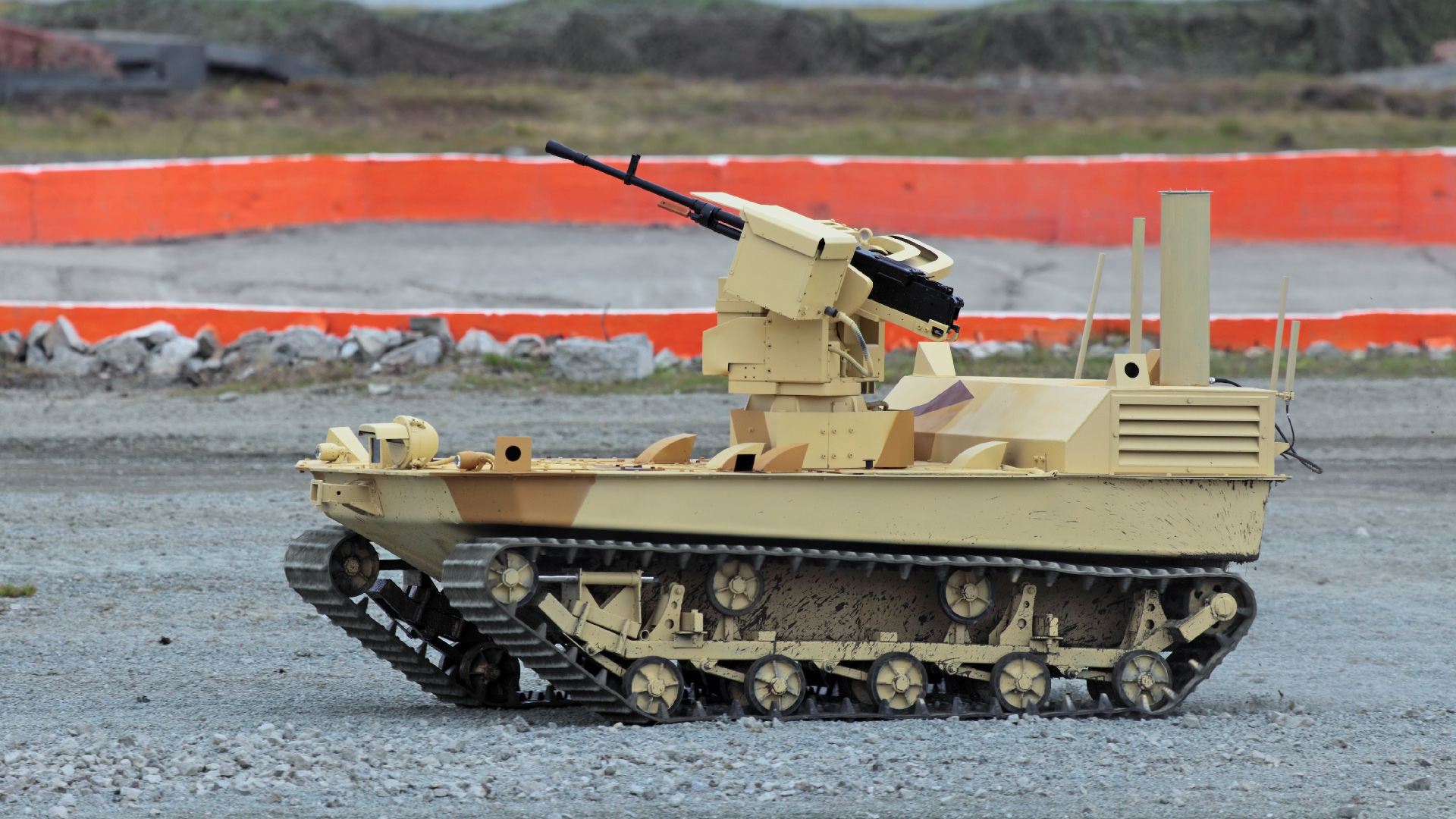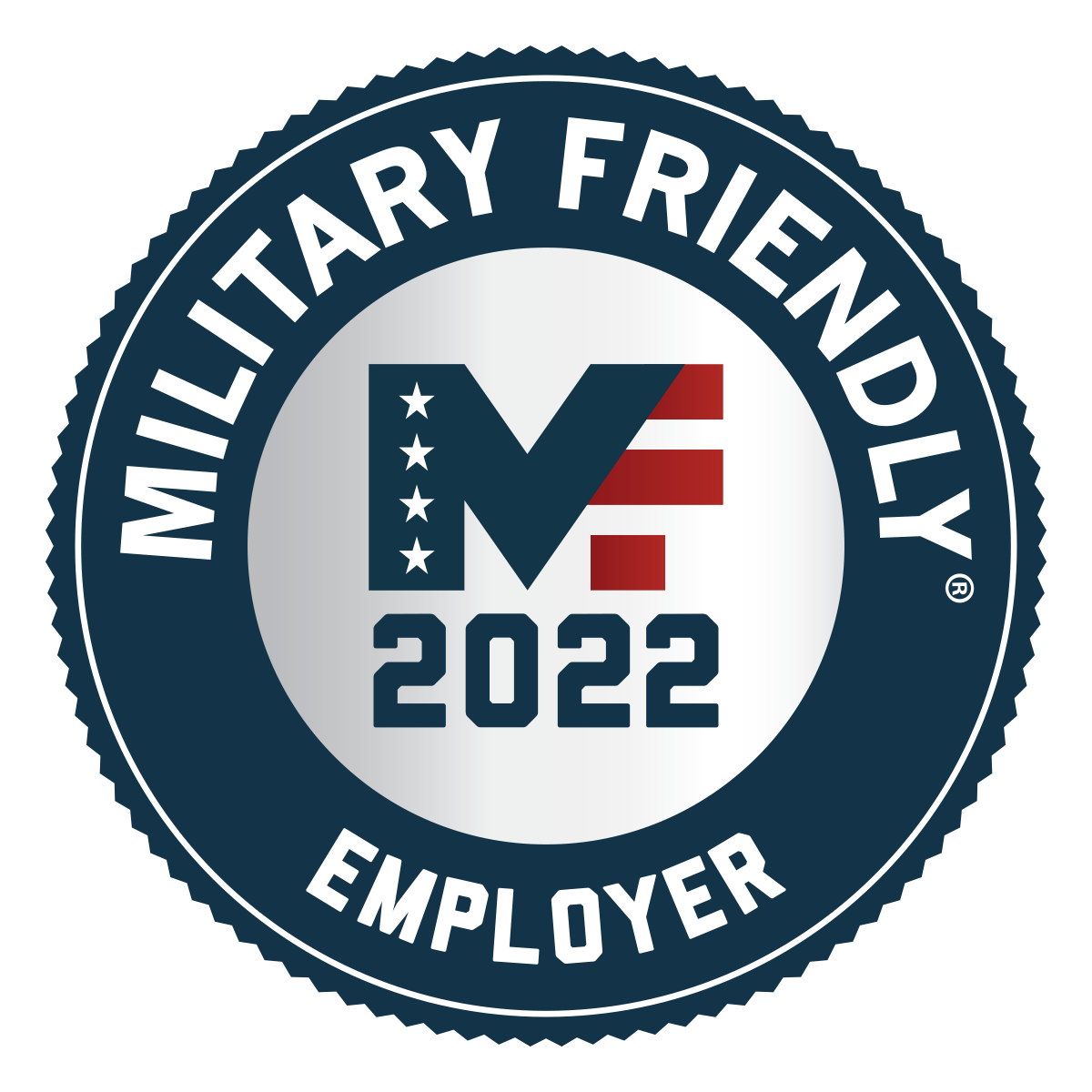Military Automation - Using automation to enhance collaboration in a network-centric military network and technology to fully implement DevSecOps - Entire Domain Command and Control (JADC2).
U.S. Soldiers and Airmen with the Vermont National Guard work at a 24-hour joint operations center at Camp Johnson, Va. (U.S. Air National Guard photo by Tech. Sgt. Chelsea Clarke)
Military Automation

Military networks typically have many different operating systems in different domains that can interoperate. With a vendor-agnostic automation tool, organizations can standardize how operations are performed regardless of OS. This enables easy cross-collaboration because everyone speaks the same automation language
Why There's A Growing Push To Ban Killer Robots
Automation allows developers to better leverage infrastructure code (IaD) for DevSecOps, commonly referred to as software development, because it embraces less development, faster user feedback, and more iteration and iteration.
To discuss network automation, Breaking Defense spoke with Kevin Griffiths, Senior Director of Defense Sales for Red Hat.
Kevin Griffiths: The state of military networks today is that there are a lot of them. We have enterprise networks and tactical networks. We have several network classifications, including NIPR, SIPR and JWICS, as well as networks for special access programs. For years, even decades, many efforts have been made to compress and consolidate networks to provide secure logical separation versus physical or 'air-encased' separation. The Army, Navy, Air Force and Marines each have their own networks and are not consistently integrated, a major challenge. The U.S. military's inter-branch collaboration is archaic, and efforts like JADC2 (All Domain Command and Control) must integrate networks across branches to succeed. Today's network environment is unique in history. With more people working from home during the COVID-19 pandemic, nearly everyone is outside the perimeter of a traditionally defined network.
Network automation can reduce many of the problems encountered when building new networks or consolidating cross-service networks. In addition to improving efficiency and service speed, network automation can strengthen your security posture, especially as services move toward zero-trust models. Automation can also reduce human error and capture best practices, which is important because governments often change both government employees and contractors responsible for operating networks.
Gcss Army Hi Res Stock Photography And Images
Defense Disruption: How Network Automation Can Help Military Organizations Implement Industry Best Practices Like DevSecOps and Digital Transformation
Griffith: Automation is a key factor in bringing DevSecOps into the network arena, and it's already proven and beneficial in the telecommunications industry. Network automation codifies all the steps, procedures, and processes required to accomplish a specific network goal. The automation database can then be version controlled, and when the same tasks need to be repeated, they can be replicated exactly using the automation playbook. This feature allows less experienced network administrators to set up complex network configurations.
By bringing DevSecOps practices and automation to network configuration activities, we can better position the enterprise to realize digital transformation. Embracing disruption and change is essential to reaping the benefits of digital transformation. By incorporating network automation, an organization can adapt to changing network needs. Changes that can cascade across network domains can be easily replicated and modified on the dashboard. Perhaps more valuable than the ability to quickly change is the ability to easily roll back configuration changes. This ensures a faster return to a known operating state in the event of a misconfiguration.

Griffith: We can improve compliance and reduce risk by automating policy enforcement and using network automation to manage change. When network administrators have to make manual changes, they need to keep a list of all the actions they take to achieve their goals. If this action needs to be reversed, manual action is required to revert these changes. This human factor introduces the possibility of errors. Repeat this process hundreds or thousands of times, and eventually someone will make a mistake. If these changes are managed by network automation, there is an audit trail, tasks are easily repeatable and reversible, and 10, 100, or 1000 times the automation runs, everything will behave the same way. Additionally, an automation platform can be used to validate changes. A policy exception can then be issued for a specific period of time, and the automation can be used to apply a refund when the period expires. For example, if a network port is supposed to be open 24 hours a day, network automation monitors that port and automatically closes it when the exception expires.
Are Automated Weapons The Next Tank?
Griffith: Network automation solutions are widely adopted throughout the industry, and third-party vendors such as Cisco, Juniper, Arista, Palo Alto and VMware have developed their own automation playbooks. This integrated support means that network automation is a worthwhile investment regardless of legacy hardware or software investments.
Griffith: I would say all of them, and that doesn't just apply to networking, it applies to all of IT. There is no reason not to set up automation. It dramatically increases efficiency, creates additional speed, improves safety and reduces human error. One concern is that it might put people off, but I don't see that as a problem. There is so much work to be done, you don't need to hire people to do it over and over again. We need to integrate systems, build better systems, upgrade outdated technologies, and improve our security posture. So jobs are not going away. Furthermore, the unemployment rate in the IT sector is close to zero, and I don't see that changing anytime soon.
Griffith: Network automation has many benefits for the military. Because the Army has such a dynamic operating environment and extensive network capacity needs, automation can offload many of the lean tasks required to build and integrate field-specific networks, interoperability between service branches and allies, maintain and innovate. Enterprise level. Automation provides a trained workforce with the ability to solve complex and unique problems and ensures a reliable, consistent network infrastructure. In February, the US military asked experts for ideas on how to build the system. will allow tanks and other ground combat vehicles to "acquire, identify and engage" targets quickly and automatically.
Some saw it as a step towards autonomous killer robots, which the military has now changed at its behest.
Army Eyes Groups Of Autonomous 'morphing' Robots For 2040
Yes, as mentioned now, he wants bots to be able to identify and kill targets. But that doesn't mean "we're putting the car out to kill anybody," an army spokesman told Defense One.
The Army has decided to reconsider its request for information, saying that the Advanced Targeting and Lethal Automated System (ATLAS) does not violate the Department of Defense policy, which requires a person to always make the decision to use lethal force.
The development and use of autonomous and semi-autonomous functions in weapon systems, including unmanned and unmanned platforms, was updated in 2017 under Department of Defense (DoD) Directive 3000.09. Nothing in this notice should be construed to indicate a shift in DoD policy toward autonomy in weapon systems. In this program, all applications of machine learning and artificial intelligence will be evaluated to assess their compliance with DoD legal and ethical standards.

Bob Stevens, ATLAS project officer at Picatinny Arsenal, was also on hand to explain how the military envisions ATLAS working with human soldiers.
Us Army Using Vr Helmet To Link Biometrics With Automated Systems
"The soldier has to press the palm key to fire," he told Breaking Defense. "If it's never fired, the gun will never reach the weapon ... so we'll never be allowed to fire the ATLAS autonomously."
Still, it's hard to blame anyone for worrying about a robot being able to kill autonomously with a so-called "automated death system," so if the system isn't actually designed for that purpose, the military might consider building one. More changes, this time with the program name.
Toy Terminator MIT professor warns that cartels may use "slaughterhouses" to avoid justice12. 13. 21 Read more D'oh! The US military is horrified that the Chinese military is spending money on the same crap. 13. 21 More Germany vows not to use 'killer robots'. 16. 18 Read more
Copyright ©, Camden Media Inc. All rights reserved. See our User Agreement, Privacy Policy and Data Use Policy. Content on this site may not be reproduced, distributed, transmitted, cached or otherwise used without our express written permission Articles may contain affiliate links that allow us to share in revenue from purchases. Is geopolitical instability the new normal? Regional conflict and uncertainty directly affect trade, the movement of people and military automation.
Avenger Weapon System
Pick any corner of the world and you will see some political instability. With President Donald Trump's rhetoric and policies at the fore, the United States also threatens to become a hotbed
Military drone range, laser range finder military, military range bags, military range targets, long range military radio, military radio range, military range finder, military long range binoculars, range rover military discount, military range rover, range of military drones, military range bag
0 Comments